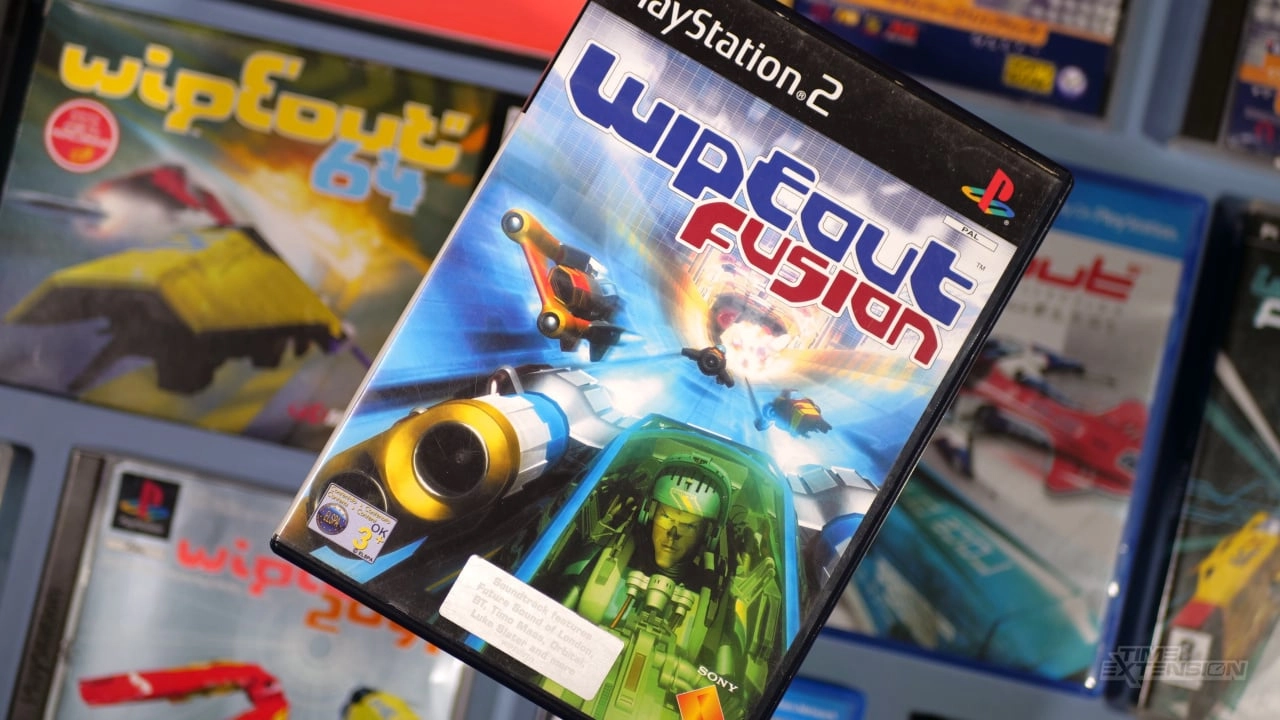
When we talk about pioneering video games from the 32-bit era of gaming, WipEout often comes to mind. Part of its acclaim can be attributed to the distinctive visual aesthetics, thanks to the creative work of The Designers Republic. This Sheffield-based design agency, founded by Ian Anderson and Nick Phillips in 1986, was instrumental in establishing the futuristic look and feel of WipEout, linking the game to a cybernetic veneer that was both compelling and imaginative.
The partnership between The Designers Republic and WipEout was a celebrated one, with the agency lending its talents to the first three games: WipEout, WipEout 2097, and WipEout 3. However, it is not common knowledge that the collaboration concluded after these titles. For years, rumors suggested that Sony's request for the firm to competitively pitch for the subsequent WipEout game, WipEout Fusion, was the spark that led to this parting of ways. However, Ian Anderson himself has clarified the true reasons behind this pivotal decision.
Through the company's official website and a detailed account within the publication "A To Z Of The Designers Republic," Anderson decrees that the series had begun to lose its sheen of innovation and excitement. He describes how the inherently futuristic vision that was so avant-garde for its time gradually felt archaic, eclipsed by actual advancements and societal shifts. The perception of the future they had once vigorously visualized was now being caught up to by the relentless march of time and technology. In essence, they saw the groundbreaking work becoming a routine, each new iteration feeling more like an echo of the past rather than a bold leap forward.
However, this sense of creative staleness was only one facet of the issue. The Designers Republic, known for its non-conventional approach to gaining projects, preferred to let their previous work and reputation speak for themselves rather than enter the fray of competitive bidding. This norm was challenged when an individual from Sony, who had not been involved with the earlier WipEout games, naively requested the agency to pitch their concept for the new edition. This was, for Anderson and his team, the final misstep. His succinct response, "No thank you. Mission complete. Game over," encapsulated the agency's sentiment and definitively ended the collaboration.
WipEout Fusion, the game in question, eventually divided critics and fans alike upon its 2002 release. It attempted to carry on the franchise's legacy but did so minus the unique aesthetic input from The Designers Republic. Although the series did survive, it did so without the creative essence that had once defined its visual narrative.
Time passed, and The Designers Republic would once again venture into the gaming arena, contributing to the WipEout spiritual successor, Pacer, initially known as Formula Fusion during its development stages. The firm showed they still harbored the same innovative spirit, even if under a different banner.
Looking at the broader impact, what the WipEout series and The Designers Republic accomplished together remains profound. They didn't just design a game; they developed a distinct cultural artifact, representative of an entire generation's aspiration for a techno-sleek future. The collaboration's legacy endures not only in the nostalgic reminiscences of gamers but also in the influence it continues to have on contemporary design and media narratives.
The story of The Designers Republic and WipEout is a poignant reminder of the impermanence of such partnerships, yet it also highlights the indelible mark a synergetic collaboration can leave on popular culture. The agency's mark on WipEout is a testament to the power of combining visionary design with cutting-edge technology, crafting experiences that resonate long after the initial encounter. And while the outcome was not permanent, this union's groundbreaking achievements have become an integral thread in the tapestry of gaming history.
You must be logged in to post a comment!